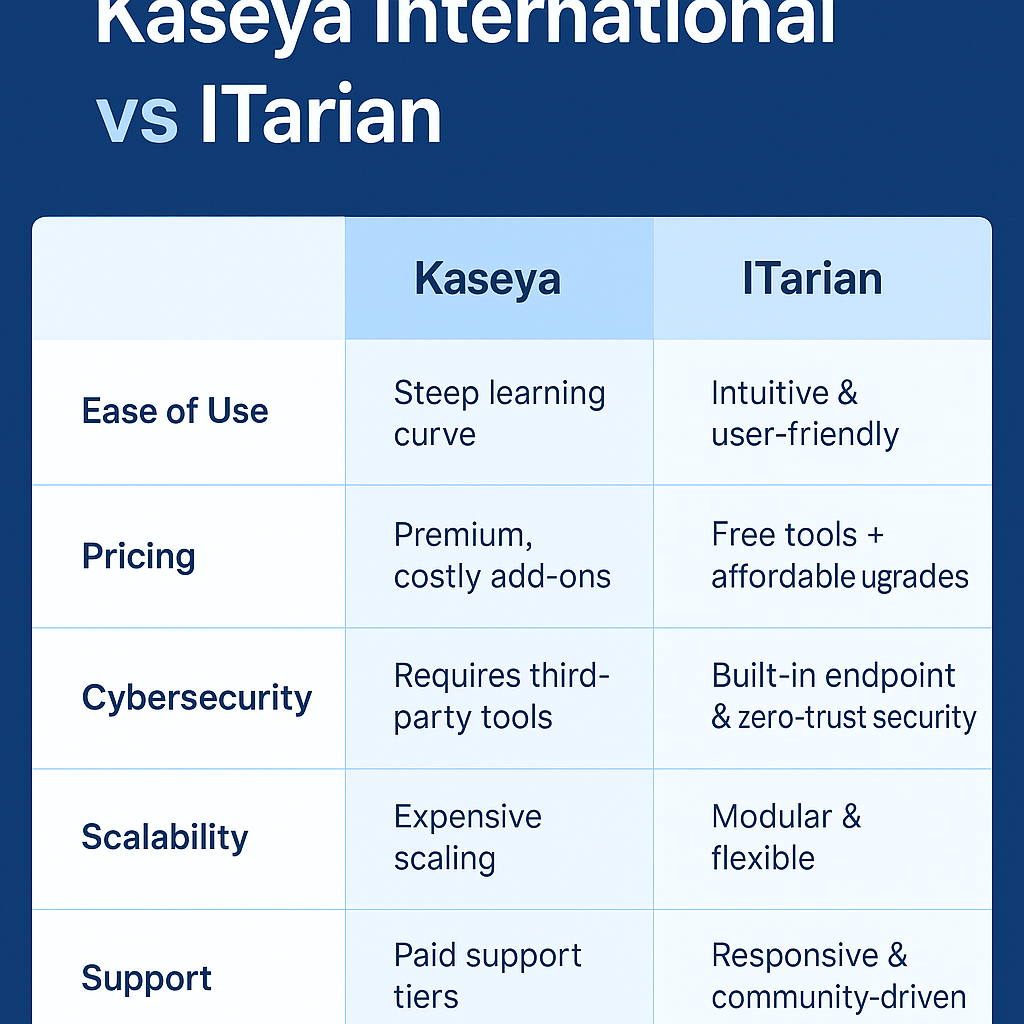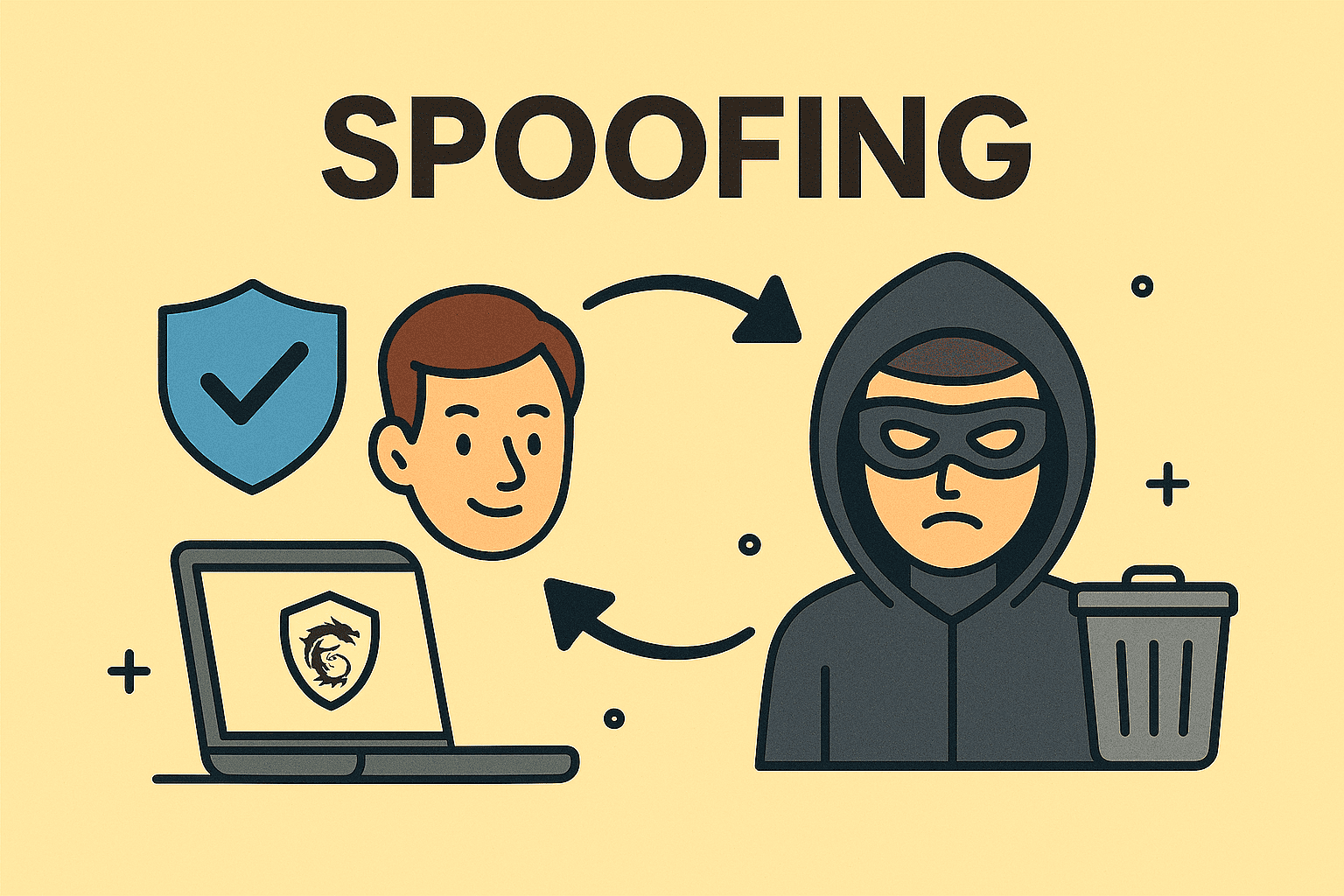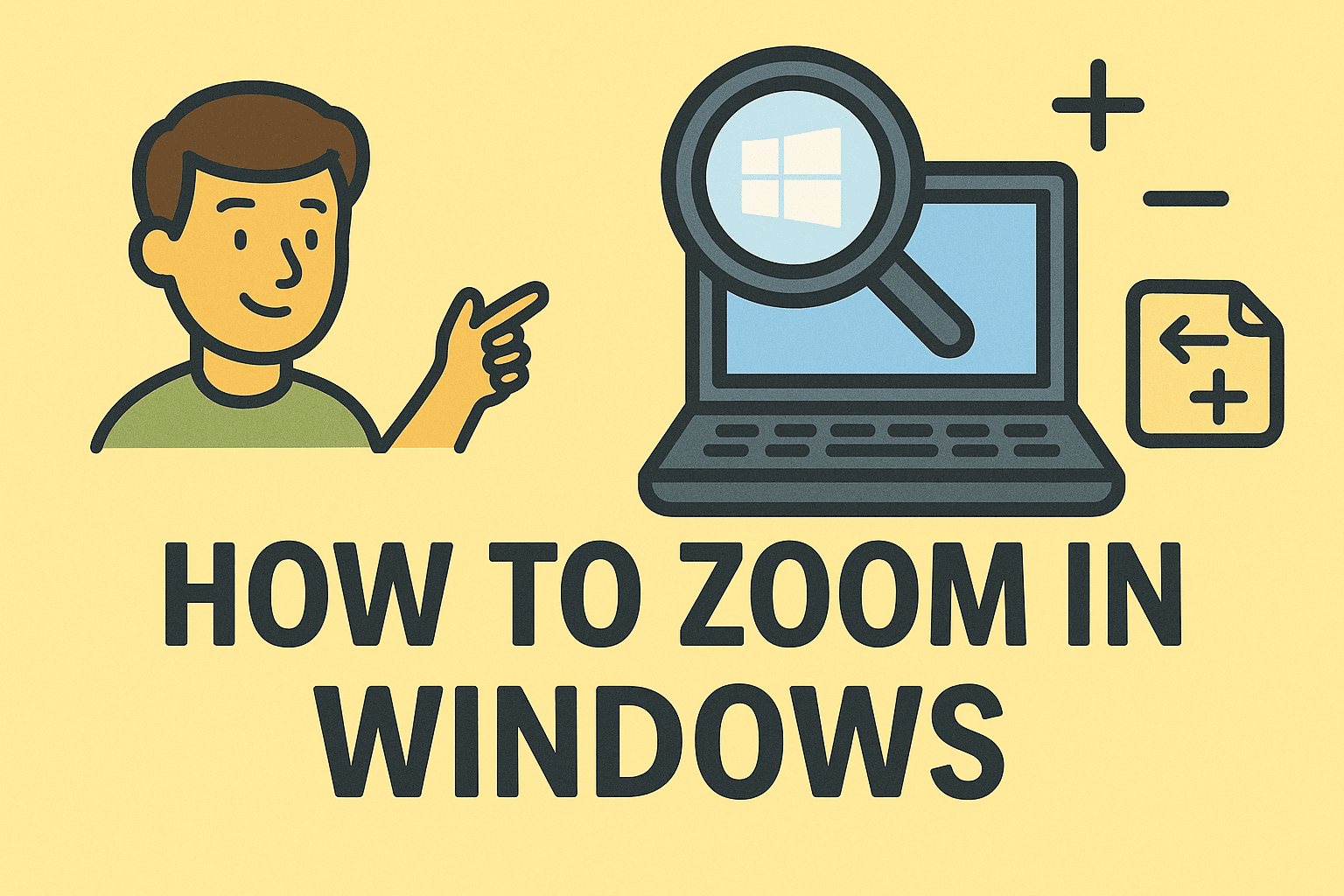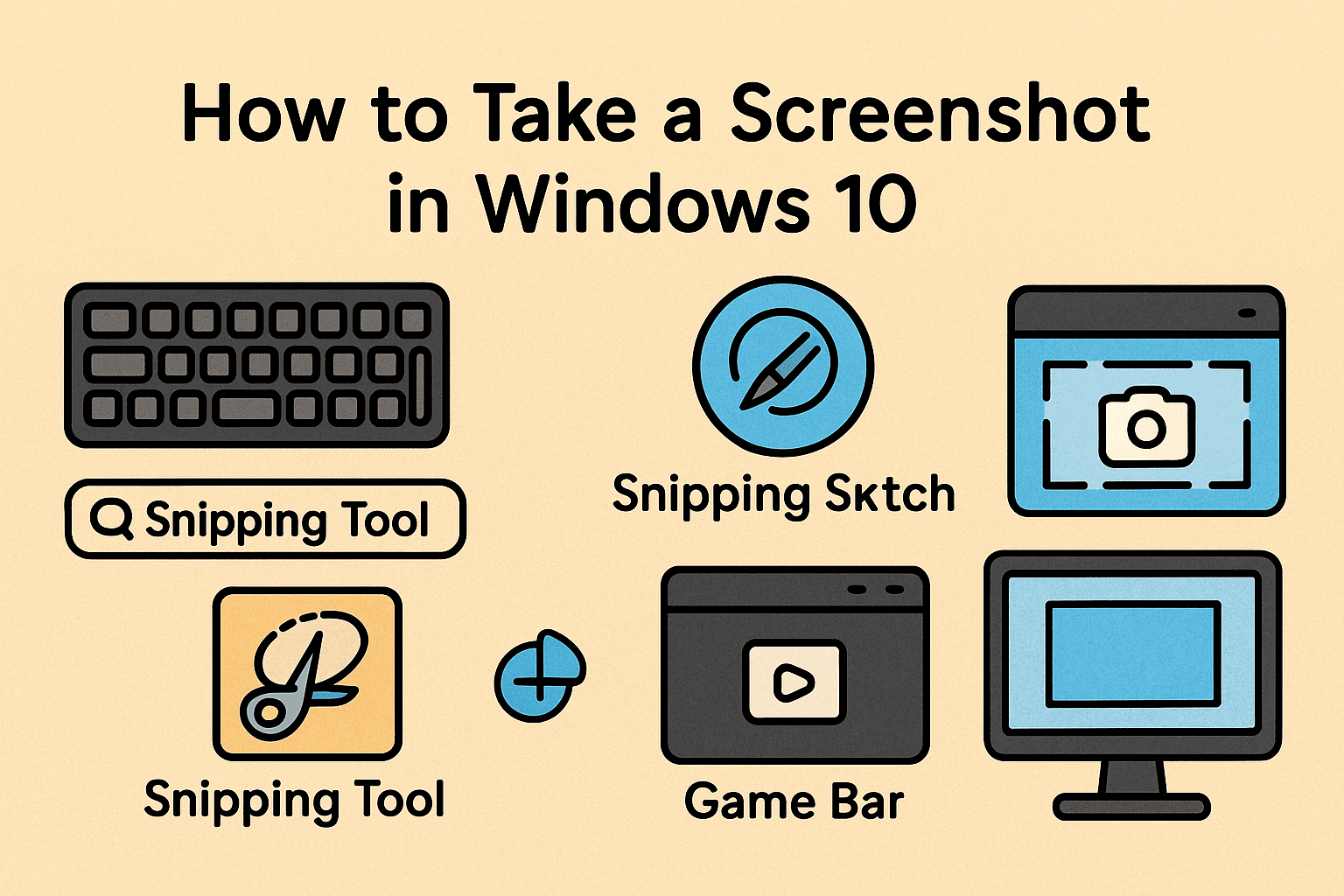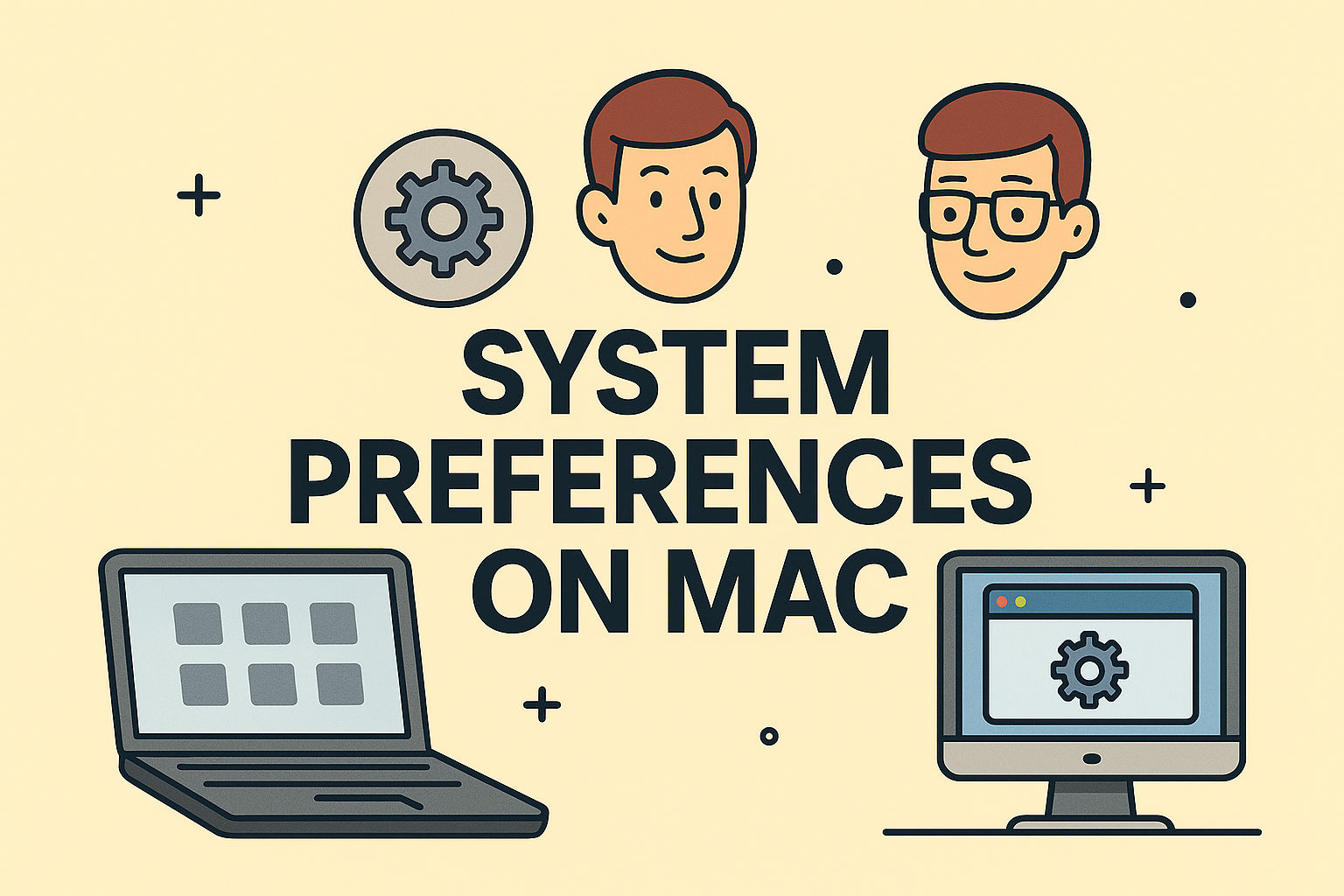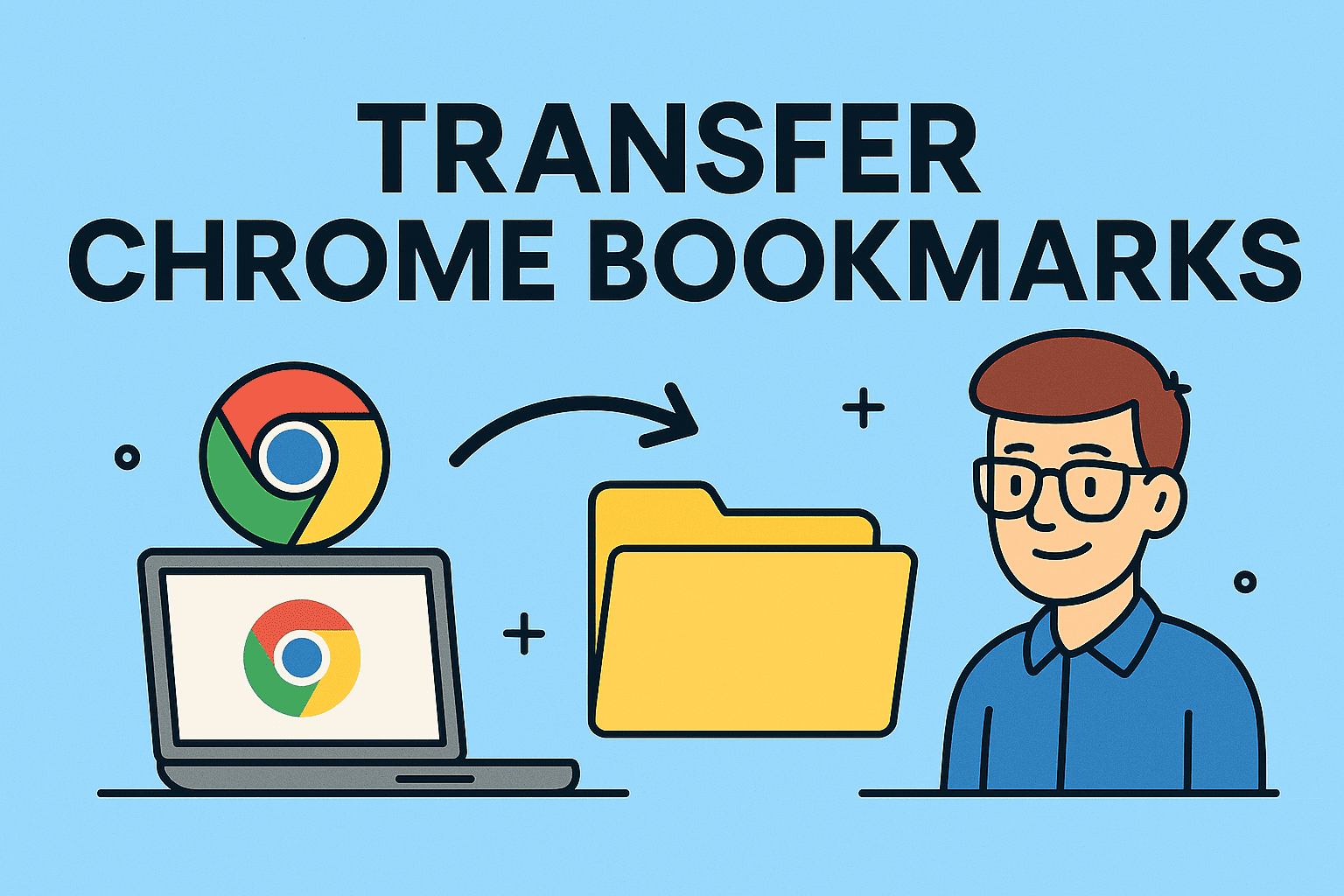Stop Showing Licenses That Are No Longer Used in M365
Updated on August 4, 2025, by ITarian
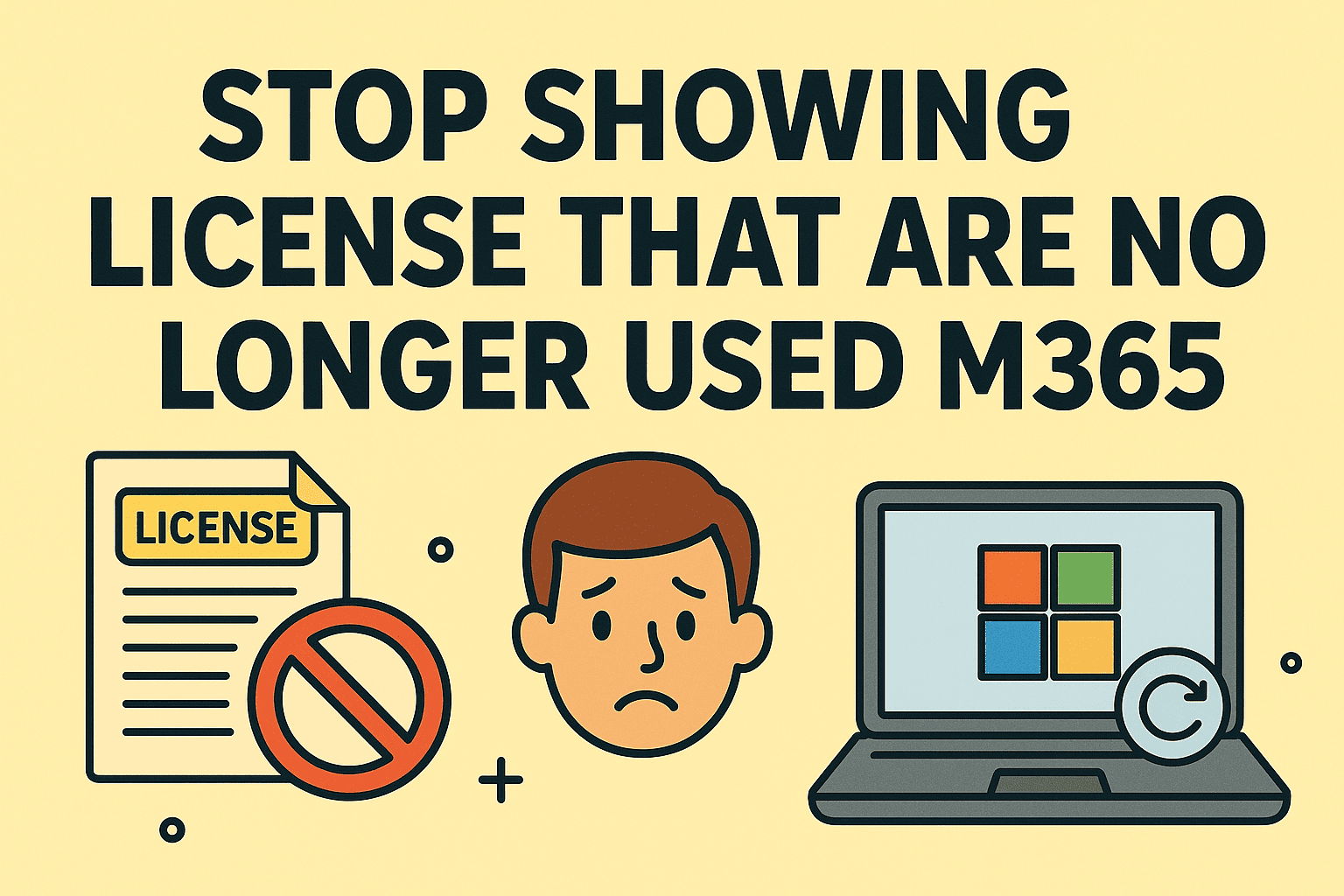
Managing Microsoft 365 (M365) licenses can become a tangled web—especially when you’re dealing with expired subscriptions, unused licenses, and accounts that are no longer active. If you’ve ever wondered how to stop showing licenses that are no longer used in M365, you’re not alone.
Whether you’re an IT manager overseeing hundreds of user accounts or a cybersecurity professional performing license audits, cleaning up unused Microsoft 365 licenses is crucial for accuracy, cost-efficiency, and compliance.
In this comprehensive guide, you’ll learn how to remove, hide, or reassign unused M365 licenses, ensure your admin center reflects actual usage, and maintain best practices for licensing hygiene.
Why You Need to Hide or Remove Unused Licenses in Microsoft 365
Before jumping into the how-to, let’s understand the why.
Key reasons to clean up unused M365 licenses:
- 💸 Reduce unnecessary spending on unused subscriptions
- 🔐 Enhance security by disabling accounts no longer in use
- 📊 Improve reporting accuracy in Microsoft 365 Admin Center
- ✅ Ensure license compliance during audits
- ⚙️ Streamline license management and delegation
When you’re tasked with license optimization, it’s essential to stop showing licenses that are no longer used in M365 to avoid clutter and confusion.
Understanding Microsoft 365 Licensing Behavior
Microsoft 365 licenses are assigned to users and groups. However, when:
- A user is deleted
- A user’s license is revoked
- A product subscription expires
…the license may still appear in reports or admin interfaces.
Common scenarios where licenses linger:
- Former employees still listed in Azure AD
- Expired trial subscriptions not hidden in billing reports
- Shared mailboxes or service accounts consuming licenses
Knowing where and how licenses are displayed helps you manage visibility effectively.
How to Identify Unused or Stale M365 Licenses
First, let’s pinpoint which licenses are unused so you can decide which to hide or remove.
Method 1: Use Microsoft 365 Admin Center
- Go to admin.microsoft.com
- Navigate to Billing > Licenses
- Review the Available vs Assigned numbers
- Click on a specific product (e.g., Microsoft 365 E5) to view assigned users
Method 2: Use Microsoft Entra Admin Center (Azure AD)
- Log in to entra.microsoft.com
- Go to Users > All users
- Filter by Licenses Assigned
- Identify inactive or disabled accounts
Method 3: Use PowerShell for a Detailed Report
powershell
CopyEdit
Connect-MsolService
Get-MsolUser -All | Where-Object {$_.isLicensed -eq $false}
Or for recently deleted users:
powershell
CopyEdit
Get-MsolUser -All | Where-Object {$_.BlockCredential -eq $true}
✅ Pro Tip: PowerShell gives you flexibility for exporting, filtering, and automating license audits.
How to Stop Showing Licenses That Are No Longer Used in M365
Now that you’ve identified unused licenses, here’s how to clean up the clutter.
Step 1: Remove Licenses from Inactive Users
Use the Admin Center:
- Go to Users > Active users
- Click on a user
- Select Licenses and apps
- Uncheck the assigned license
- Save
Or with PowerShell:
powershell
CopyEdit
Set-MsolUserLicense -UserPrincipalName user@domain.com -RemoveLicenses “tenant:ENTERPRISEPACK”
🔐 This ensures the license returns to your pool without deleting user data immediately.
Step 2: Delete or Archive Inactive Users
If the user has left the company or is no longer needed:
- Backup mailbox or OneDrive data if necessary
- Go to Users > Active users
- Select the user > Click Delete user
Deleted users go to the “Deleted Users” list and can be restored for 30 days.
To permanently remove:
powershell
CopyEdit
Remove-MsolUser -UserPrincipalName user@domain.com -Force
💡 Deleted users no longer show up in license usage metrics.
Step 3: Hide Expired or Unused Subscriptions
M365 doesn’t let you delete subscriptions directly, but you can:
- Let trial licenses expire
- Contact support to cancel old subscriptions
- Filter unused SKUs in PowerShell reports:
powershell
CopyEdit
Get-MsolAccountSku
Then avoid displaying unused SKUs in your dashboard or provisioning scripts.
Step 4: Use Dynamic Groups and Automation
Create Azure AD dynamic groups to auto-assign or remove licenses:
- Go to Entra > Groups > New Group
- Choose Membership Type: Dynamic User
- Add rules like:
text
CopyEdit
(user.department -eq “IT”) -and (user.accountEnabled -eq true)
- Assign licenses to the group
- Inactive users are auto-removed from the group—and licenses with them
⚙️ This method helps stop showing licenses that are no longer used in M365 without manual intervention.
Bonus: Audit Licenses With Microsoft Graph API
Advanced admins can query license assignments and status with Graph API.
Example query:
http
CopyEdit
GET https://graph.microsoft.com/v1.0/users?$select=displayName,assignedLicenses
This lets you:
- Fetch license data at scale
- Integrate with SIEM tools
- Detect anomalies in license assignments
📊 Ideal for enterprise-scale visibility and dashboarding.
Best Practices for M365 License Hygiene
To prevent future clutter in license reporting:
✅ Use These Best Practices:
- Regularly audit inactive users
- Remove licenses immediately after termination
- Set up automated provisioning/deprovisioning workflows
- Use dynamic groups instead of static assignments
- Track license usage via Power BI or Admin Center
FAQs: Microsoft 365 License Visibility
1. Why do deleted users still show up in license reports?
They remain in the “Deleted Users” list for up to 30 days. You must purge them manually or via PowerShell to stop visibility.
2. Can I delete an unused license from M365 permanently?
You can’t delete a license, but you can cancel the subscription or let it expire. Expired licenses no longer appear in usage reports.
3. How can I hide unused licenses from reports?
Filter them out using PowerShell or dashboard filters in Microsoft Admin Center. Only active, assigned SKUs will reflect accurate usage.
4. Do shared mailboxes use licenses?
Not by default. However, if you convert a mailbox to a shared one, you should remove its license manually to reclaim it.
5. Can I automate license cleanup in M365?
Yes. Use PowerShell scripts, Graph API, or Entra dynamic groups to automate license assignment and cleanup.
Final Thoughts
As organizations scale, managing Microsoft 365 licensing becomes a balancing act between security, budget, and compliance. Knowing how to stop showing licenses that are no longer used in M365 helps ensure your admin console reflects reality—not cluttered leftovers from past employees or unused services.
By combining native tools, PowerShell scripts, and smart automation, you can regain control over your licensing environment and cut unnecessary costs—while staying audit-ready and secure.
👉 Want to streamline your M365 license management across all endpoints?
Start your FREE Itarian trial today and gain access to unified tools for license tracking, user provisioning, patching, and endpoint security—all in one cloud-native platform.

